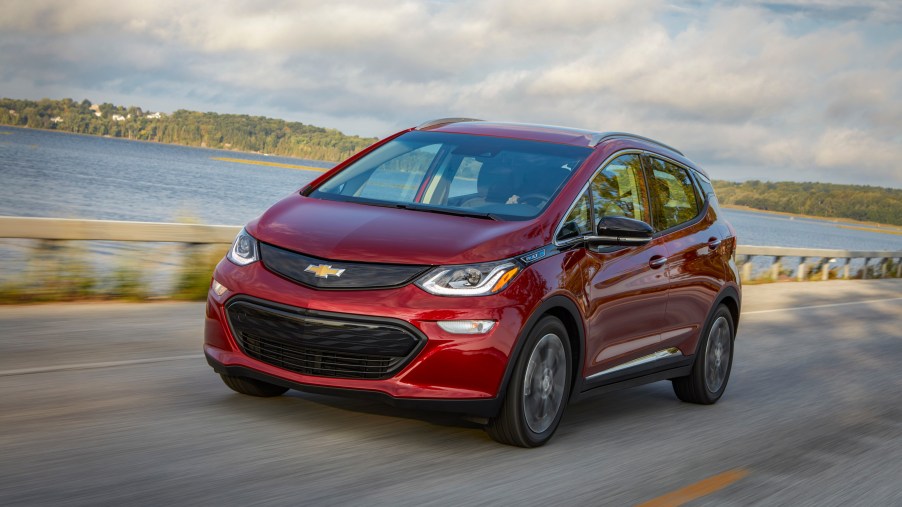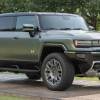
GM Believes the Mid-Engine Corvette Will Help It Build Better EVs
While most drivers are quick to look up stats such as torque and horsepower of a car, they often don’t realize the countless hours of testing and tweaking used to perfect the final product. The newest Corvette was developed with highly advanced technology to ensure that it could live up to its predecessors. John Wilkinson, the lead performance engineer at General Motors, was recently interviewed about how new technology played a key role in the creation of the 2020 Corvette Stingray and how he thinks it will pave the way for an expanded selection of electric vehicles from GM.
The Importance of Driving Simulators
The 2020 Stingray is fast, beating out some supercars that cost more than twice of its MSRP. To get an idea of how to best optimize its performance, Wilkinson and his team used a Driver-in-the-Loop simulator to virtually test how well the newest Chevy would drive on real roads. This is one of the latest advances in driving simulator technology and is even used to help racecar drivers fine-tune their vehicles for the track.
So how does a driving simulator work, and why is it so effective for vehicle testing? Driver-in-the-loop simulators are a combination of regular driving simulators and computers enhanced with the car’s vehicle hardware. The simulation is run by the computer and can be easily modified to include new additions to the vehicle’s hardware that need to be tested. This can include physical features, such as chassis control systems or anti-lock brakes, and electronic components like real-time traffic displays.
By being able to test the Stingray’s performance much earlier in the course of its development, the crew could experience the power of the vehicle before physical prototypes were even available to drive. They could implement new changes with a few clicks of a mouse and get the most accurate picture of how each system worked with interacted with the others. This allowed them to make changes faster and improve the car’s performance so that there would be no issues when it was time to get behind the wheel of the physical test cars.
The Future of Electric Vehicles
The folks at GM have been working for years to develop more sustainable solutions for their customers. They believe that electric vehicles are the way of the future, a world where drivers will experience little to no congestion or accidents on the road. More electric cars also means fewer fuel emissions, improving the quality of the air we breathe and eliminating a lot of harmful exhaust gases.
After the success of using Driver-in-the-Loop while testing the 2020 Stingray, Wilkinson says that he and the rest of the crew at GM are excited to implement this technology in their testing of electric cars. The team set out to achieve a goal of the highest performance level of any Corvette with the newest incarnation, and they didn’t fail to deliver. The future of GM’s electric vehicle lineup looks brighter than ever, especially if these cars can perform as well at the 2020 Stingray.
GM hopes to bring at least 20 electric cars to the market by 2023, working towards the goal of an “all-electric” future. The tools used to develop the 2020 Chevrolet Corvette definitely brought GM a big step closer towards its ideal future of safer, more energy-efficient vehicles.



